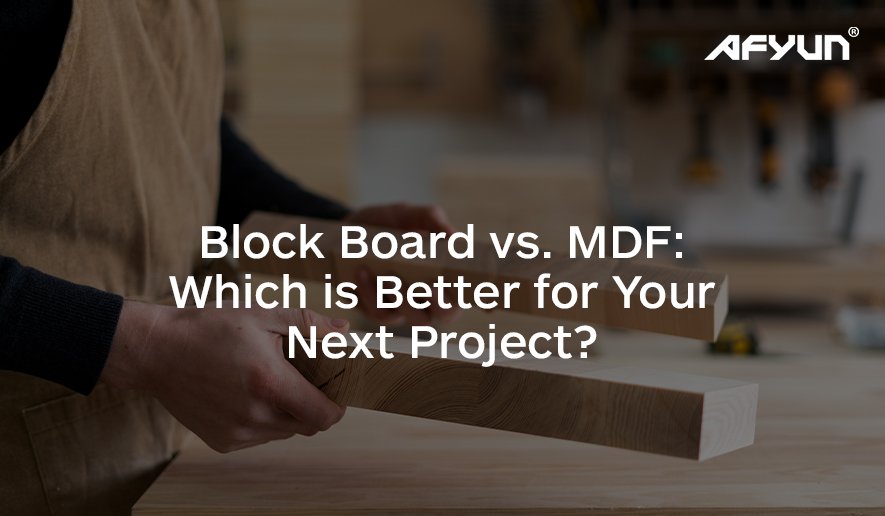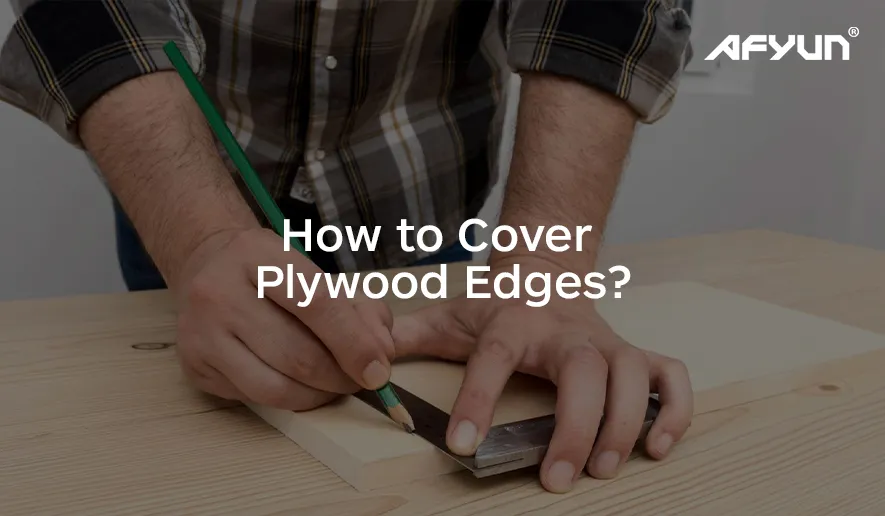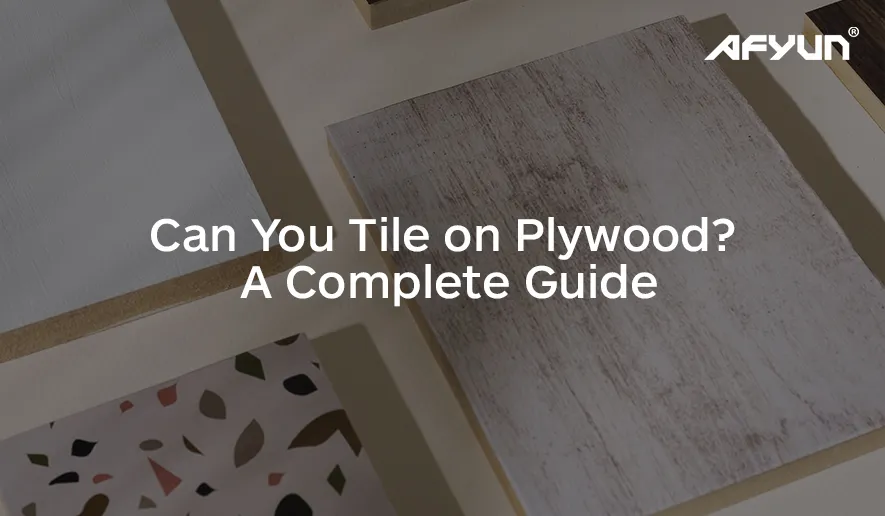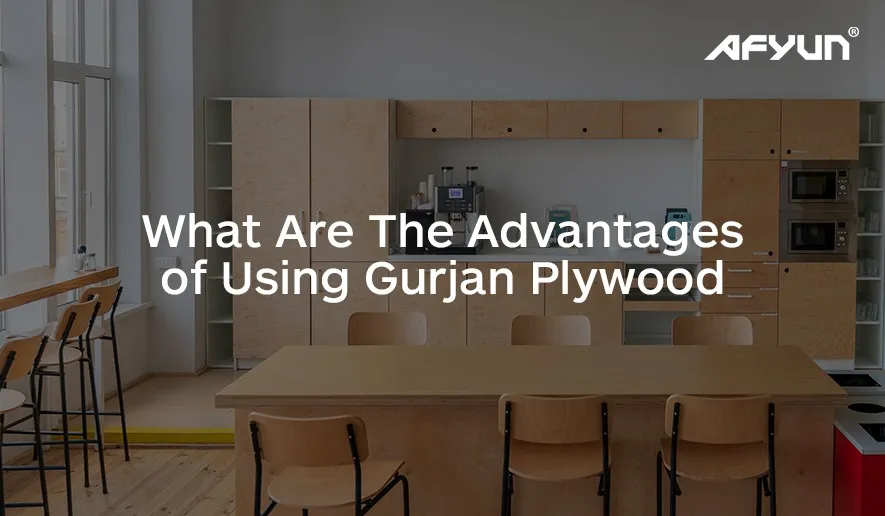When it comes to selecting the right material for construction, furniture, or home decor, plywood often stands out as a versatile and durable option.
While many people focus on the thickness or type of plywood, one key feature that can greatly influence its performance and appearance is the grain pattern.
Understanding plywood grains is essential for making an informed choice, whether you’re building a bookshelf, designing a new kitchen, or working on any other project.
In this blog, we’ll dive into how plywood grains impact both the strength and aesthetics of the material, helping you select the right one for your needs.
What Are Plywood Grains?
Plywood is made by layering thin sheets, called veneers, which are glued together with alternating grain patterns.
Each layer’s grain runs perpendicular to the one beneath it, which enhances the overall strength of the plywood.
However, the direction and pattern of the grain in these layers can significantly affect not only the strength but also the visual appeal of the plywood.
Therefore, plywood grains refer to the patterns and alignment of veneers, that make up plywood.
Types of Plywood Grains
- Straight Grain
A straight grain is when the wood fibres run parallel to the length of the board. This type of grain is typically more uniform and clean, providing a smooth surface that’s ideal for staining or finishing.
Straight-grained plywood is often preferred for high-end furniture and cabinetry because of its attractive and consistent appearance. From a strength perspective, straight-grain plywood is also less likely to warp or twist, providing excellent structural stability.
- Cross Grain
Cross-grain plywood features layers where the grain direction alternates in a crisscross pattern.
This arrangement provides greater strength and stability, making cross-grain plywood perfect for applications where durability is a top priority, such as flooring, roofing, or load-bearing structures.
Cross-grain plywood can be more resistant to warping, shrinking, or expanding due to humidity changes.
- Curly or Wavy Grain
Plywood with curly or wavy grain offers a unique, decorative appearance. The undulating patterns create depth and texture, making it a popular choice for high-end, visually striking applications like custom furniture and musical instruments.
While it looks stunning, the irregularity of the grain can sometimes make this plywood more challenging to work with, as it may affect the uniformity of cuts and the finish.
- Interlocking Grain
Interlocking grain is a type of grain pattern where the wood fibres interlace and twist in different directions. This type of grain is found in certain hardwoods and offers a high degree of strength.
Plywood with interlocking grains tends to be more resilient to splitting and cracking, making it ideal for projects that require both strength and a natural, unique appearance.
Impact on Strength
Plywood’s grain pattern directly influences its strength and durability. As mentioned earlier, the alternating grain direction in the layers provides greater stability and resistance to bending, making plywood much stronger than solid wood of the same thickness.
- Strength across the board: The cross-grain construction ensures that plywood can resist forces from multiple directions. This makes it an ideal choice for heavy-duty applications like roofing and flooring.
- Resistance to warping: Cross-grain plywood resists warping and twisting better than straight-grain plywood, which can be more prone to these issues if exposed to moisture or temperature changes.
- Load-bearing capacity: The strength of plywood also depends on the quality and thickness of its veneers. Plywood with a thicker veneer and well-aligned grain is capable of bearing more weight and stress.
Aesthetic Considerations
Beyond strength, the grain pattern plays a significant role in the aesthetics of plywood. Whether you’re designing a piece of furniture, a cabinet, or a wall panel, the appearance of the grain can elevate the design.
- Visual appeal: Straight grains are the most popular for creating a smooth and polished look, while curly or wavy grains provide a more organic, textured appearance. The beauty of interlocking or cross-grain plywood lies in its natural, rugged finish, which gives it a unique character.
- Finish compatibility: The way the plywood grain reacts to staining, painting, or finishing is also influenced by the grain. Straight-grain plywood takes stains well, providing a uniform finish, while irregular grains may absorb finishes unevenly, resulting in a more distinct, textured look.
- Design versatility: Depending on the desired look for your project, choosing the right grain pattern can complement the overall aesthetic of your space. For instance, the natural beauty of curly-grain plywood is often used in high-end furniture, while cross-grain plywood may be hidden beneath other layers in structural applications.
Choosing the Right Plywood Grain for Your Project
When selecting plywood for a project, consider both the functional and visual needs. For structural elements that require strength and durability, cross-grain plywood is often the best choice. However, for pieces where aesthetics are just as important as strength, straight or curly grain plywood can add that perfect touch of elegance.
The Right Grain for Your Needs
Choosing the right plywood grain is about balancing both aesthetics and strength. Whether you’re designing a functional piece or creating a statement, understanding how the grain affects both the performance and appearance of plywood can help you make the best decision for your project.
As always, it’s essential to consider your project’s specific needs, and if you’re unsure, consult with experts to guide you in choosing the ideal plywood. We, at Afyun, can help you select the right material for your project.
Pages you might like:
fire retardant plywood | marine plywood | waterproof plywood | gurjan plywood |









